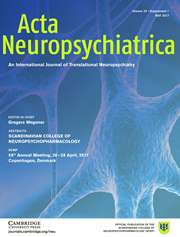
“The pharmacological importance of cannabidiol (CBD) has been in study for several years.
CBD is the major nonpsychoactive constituent of plant Cannabis sativa and its administration is associated with reduced side effects.
Currently, CBD is undergoing a lot of research which suggests that it has no addictive effects, good safety profile and has exhibited powerful therapeutic potential in several vital areas.
It has wide spectrum of action because it acts through endocannabinoid receptors; CB1 and CB2 and it also acts on other receptors, such as GPR18, GPR55, GPR 119, 5HT1A, and TRPV2.
This indicates its therapeutic value for numerous medical conditions because of its neuroprotective and immunomodulatory properties.
Potential therapeutic applications of CBD include, analgesic, anti-inflammatory, anxiolytic, anti-arthritic, anti-depressant, anti-Alzheimer disease, anti-ischemic, neuroprotective, and anti-fibrotic.
More promising areas appear to include diabetes and cancer where CBD exhibits lesser side effects and more therapeutic benefits as compared to recent available medical therapies.
Hence, CBD is a promising substance for the development of new drug. However further research and clinical studies are required to explore its complete potential.”








 “Phytocannabinoids, such as Δ9–
“Phytocannabinoids, such as Δ9–